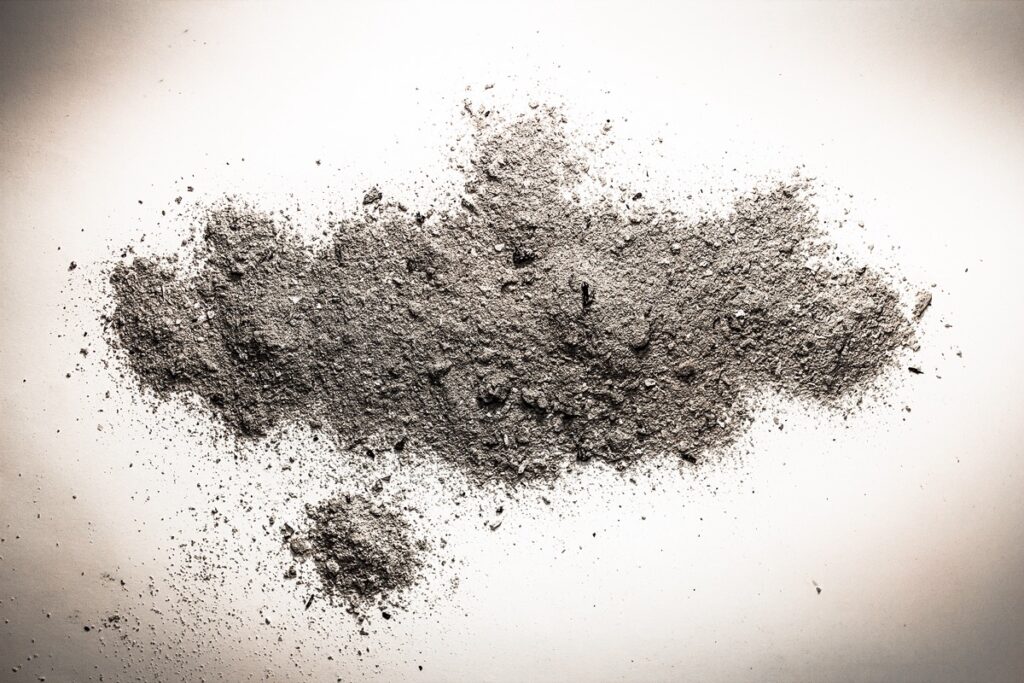When considering cremation as an option for a loved one, many people wonder: Do human ashes decompose? This question touches on what ashes actually consist of, how they interact with the environment, and whether they change over time. Understanding the nature of cremated remains can help you make informed decisions about what to do with them.
What Are Human Ashes Made Of?
Cremation reduces a body to fragments using temperatures ranging from 1,400 to 1,800 degrees Fahrenheit. After cremation, the remains are processed to create a fine, sand-like powder known as “ashes” or “cremains.” These ashes consist primarily of:
- Calcium phosphate, the primary component of bones
- Trace elements like potassium, magnesium, and sodium
- Metals if medical implants or jewelry were present during cremation
This means that cremated remains are mostly made up of inorganic material—minerals that do not easily break down.
Do Human Ashes Biodegrade?
The short answer is: no, human ashes do not biodegrade. Unlike organic matter, which decomposes with the help of bacteria, fungi, and other organisms, cremated remains are chemically stable. Here’s why:
- Inorganic Composition: Human ashes are predominantly made of mineral content, which does not decompose. Calcium phosphate, the main component, is chemically resistant to environmental conditions.
- Absence of Organic Material: The cremation process eliminates all organic tissues, including those that typically decay. What’s left behind are bones that have been burned to their most stable form.
- Alkaline Nature: The resulting ashes are alkaline, with a high pH level, making them inhospitable to microorganisms that might otherwise contribute to decomposition.
Because of this stability, ashes remain unchanged whether they are kept in an urn, buried, or scattered.
How Do Ashes Interact with the Environment?
While the ashes themselves do not break down, their placement can influence how they integrate into the environment:
- Scattering: When ashes are scattered, they may spread out or settle into soil or water, but the particles themselves remain chemically intact. Over time, natural elements like wind or water currents can disperse the ashes, but they won’t decompose.
- Burial: If ashes are buried in a traditional urn, they will remain preserved in the container indefinitely. However, biodegradable urns will break down over time, allowing the ashes to mix with soil even though the ashes themselves stay stable.
- Water Burial: Placing ashes in a water-soluble urn allows for dispersion in water. The urn will dissolve, but the ashes will remain as fine particles suspended in the water, unchanged by the elements.
Chemical Stability: Why Ashes Don’t Change
The reason ashes don’t decompose lies in their chemical makeup. Here’s a closer look:
- High-Temperature Process: Cremation’s high heat destroys all organic compounds, including fats, tissues, and proteins, leaving behind stable minerals like calcium phosphate.
- Inorganic Stability: Unlike organic material, which can be broken down by enzymes and microorganisms, the minerals left behind are chemically inert. They don’t react with soil, water, or air, allowing them to remain in their final state.
- Alkalinity: Human ashes are highly alkaline, with a pH level that deters microbial activity. This prevents any breakdown or chemical change in the remains.
How Long Do Ashes Last?
Simply put, ashes last forever. They don’t deteriorate over time, making them a permanent form of memorialization. Families can keep urns with cremated remains for generations without any concern about changes in the ashes themselves.
Are Human Ashes Harmful to the Environment?
While human ashes do not decompose, they generally have a minimal environmental impact. Here’s what to consider:
- Soil Impact: Ashes are alkaline, which can temporarily increase soil pH when scattered or buried. Mixing ashes with soil or compost can help balance this.
- Water Impact: Scattering ashes in water bodies doesn’t pose a significant risk, but it’s important to follow local guidelines to ensure that the scattering is environmentally safe.
Eco-Friendly Alternatives for Ashes
If you are concerned about the environmental aspect of cremated remains, there are several ways to make their placement more eco-friendly:
- Biodegradable Urns: Made from materials like paper, salt, or natural fibers, these urns break down over time, allowing the ashes to merge with the earth without leaving a permanent container.
- Living Memorials: Some companies offer options to plant a tree with a portion of cremated remains, creating a lasting tribute that supports local ecosystems.
- Reef Memorials: Ashes can be mixed with eco-friendly concrete to form artificial reefs, providing a habitat for marine life while honoring a loved one’s memory.
Frequently Asked Questions
Q: Do ashes have an odor?
No, cremated remains do not have a smell. The high-temperature process eliminates any organic compounds that might produce an odor.
Q: Can you touch ashes safely?
Yes, ashes are safe to handle. They are non-toxic and chemically stable, although they may have a gritty texture.
Q: Do ashes take up much space?
A standard set of cremated remains from an adult takes up about 200 cubic inches, fitting comfortably into most urns. See more
Q: Can you travel with ashes?
Yes, it is generally safe to travel with ashes, but airline policies may vary. It’s recommended to use a travel-friendly urn and check with the airline for specific guidelines. See more

